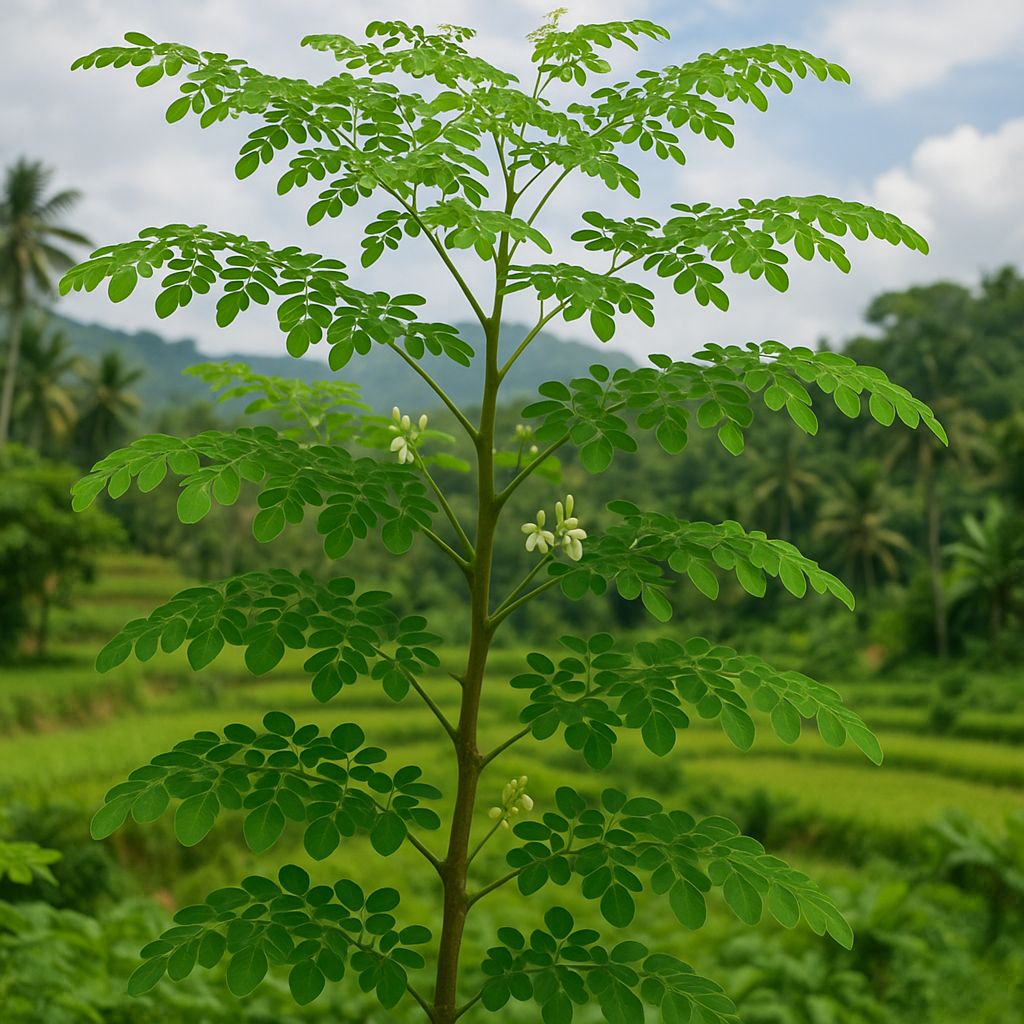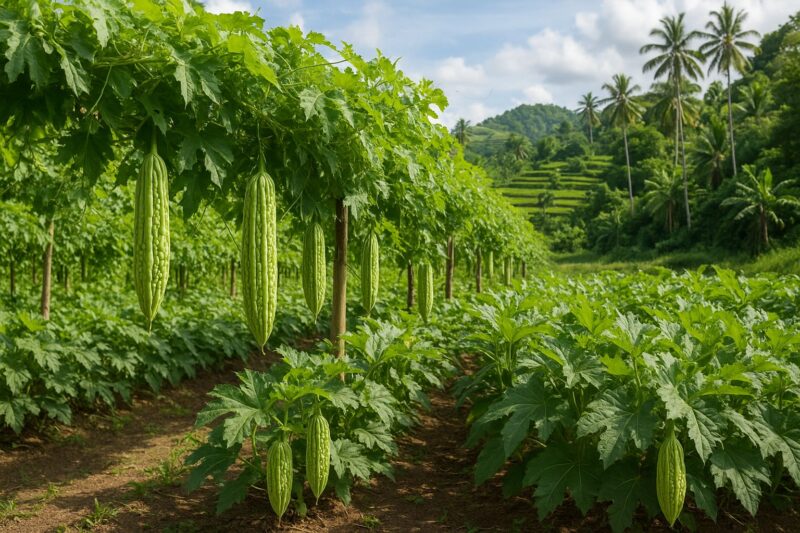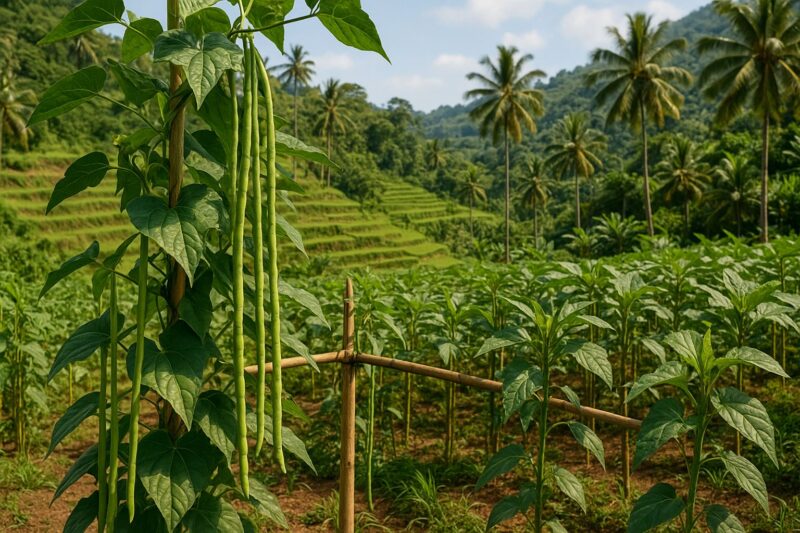Moringa—malunggay—has earned its place in Filipino kitchens for good reason. Its tender leaves turn ordinary tinola into a superfood broth, its seed pods crisp up into stir-fries, and even its flowers find their way into fritters. Beyond nutrition, malunggay trees serve as windbreaks, soil improvers, and emergency fodder during dry spells. Yet, like any crop, moringa thrives best when you match variety, site, and care to local conditions. After planting belts of malunggay in Bulacan, exchanging notes with farmers in Batangas and backyard growers in Davao, I’ve distilled a straightforward approach that works nearly anywhere from Luzon to Mindanao.
Variety Selection
Local “drumstick” types—tall and fast–growing—produce long pods prized for tinola. Dwarf or “perpetual” varieties, reaching just two to three meters, suit small yards and container culture. In my Bulacan homestead, I planted a row of tall trees along the eastern fence for shade and a hedge of dwarf types in front for easy leaf harvesting. Upland gardens in Bukidnon sometimes choose powdery mildew–resistant strains, though I’ve never faced that in lowland Bulacan.
Site and Soil
Moringa tolerates poor soils better than most trees, but it flourishes in deep, sandy–loam that drains freely. In heavier clay patches, I dig in a generous layer of compost and rice hull charcoal before planting. Aim for a pH between 6 and 7. Young saplings suffer in waterlogged soils, so raised mounds or simple berms help channel away excess rain—especially useful during Bulacan’s monsoon peaks. In coastal Iloilo, some farmers plant moringa on slight ridges to avoid saline intrusion at high tide.
Propagation and Planting
You can raise moringa from seed or cuttings. I prefer one–meter cuttings from healthy, disease–free branches. Strip lower leaves, let the cut end callous for a few days, then plant directly in the field or pot—about ten centimeters deep, angled slightly. Seed propagation offers more genetic diversity but slower initial growth; cuttings grow quickly, giving you leafy harvests within 6–8 weeks. In Bulacan, I planted cuttings in June, just before the first heavy rains, and by August I had enough leaves for daily soup additions.
Watering and Mulching
Moringa is drought–tolerant once established but needs regular moisture during its first three months. Water deeply once or twice weekly in dry spells; allow the topsoil to dry slightly between waterings. A three–inch layer of rice straw or shredded leaves around the base conserves soil moisture, suppresses weeds, and gradually enriches the earth as it breaks down.
Feeding and Pruning
Light feeding accelerates growth. At planting, I sprinkle a handful of well–rotted chicken manure or compost into the hole. Every three months, a side–dressing of compost tea—essentially, steeped kitchen scraps—delivers nitrogen for leafy growth. Dwarf varieties benefit from fortnightly pruning: simply trim the top two nodes to encourage side branching, which multiplies leaf harvests. On taller trees, I remove lower branches up to one meter high, creating a clear trunk and easier leaf collection without bending.
Harvesting Leaves and Pods
Harvest moringa leaves once trees reach sixty centimeters tall. Clip entire leaflets or harvest whole sprays of leaf stalks, leaving at least two sets of leaves per branch so the plant can regrow quickly. Regular picking—every two to three weeks—stimulates new foliage. Drumstick pods set six to eight weeks after flowering; harvest when they’re young and tender—about thirty to forty centimeters long for the tall types, fifteen to twenty for dwarf. In a Bulacan trial, daily leaf harvests from five dwarf trees fed a family of five year-round.
Pest and Disease Management
Moringa has few serious pests. Caterpillars occasionally nibble leaves; handpicking or a gentle neem oil spray suffices. Powdery mildew shows up in humid mountain areas—prune crowded branches to boost airflow. Thrips can scar young pods; a morning flush of water reduces their numbers. Chemical controls are rarely needed; moringa’s rapid regrowth lets you prune out damaged parts and move on.
Case Study
In Batangas, a fellow grower intercropped moringa with sweet potatoes on raised beds. The moringa provided shade during the hottest hours, reducing sweet potato wilt, while vines protected the soil from erosion. They harvested sweet potato tubers after four months and continued picking moringa leaves for another year—double value from the same plot.
Final Thoughts
Moringa may not be as glamorous as heirloom tomatoes or dragon fruit, but its rapid growth, multipurpose uses, and nutritional punch make it a keeper in nearly any Filipino setting. Whether you plant a living fence of tall trees or tuck dwarf varieties into backyard pots, mastering soil preparation, cuttings, mulching, pruning, and simple pest checks will yield a perpetual harvest of leaves, pods, and more.
I’m open for consulting and speaking opportunities on sustainable tree and vegetable cultivation across the Philippines. Let’s grow resilience together.
#Malunggay #Moringa #PhilippineFarming #SustainableAg #TreeCropping #UrbanGardening #ConsultingAvailable #SpeakingOpportunities




